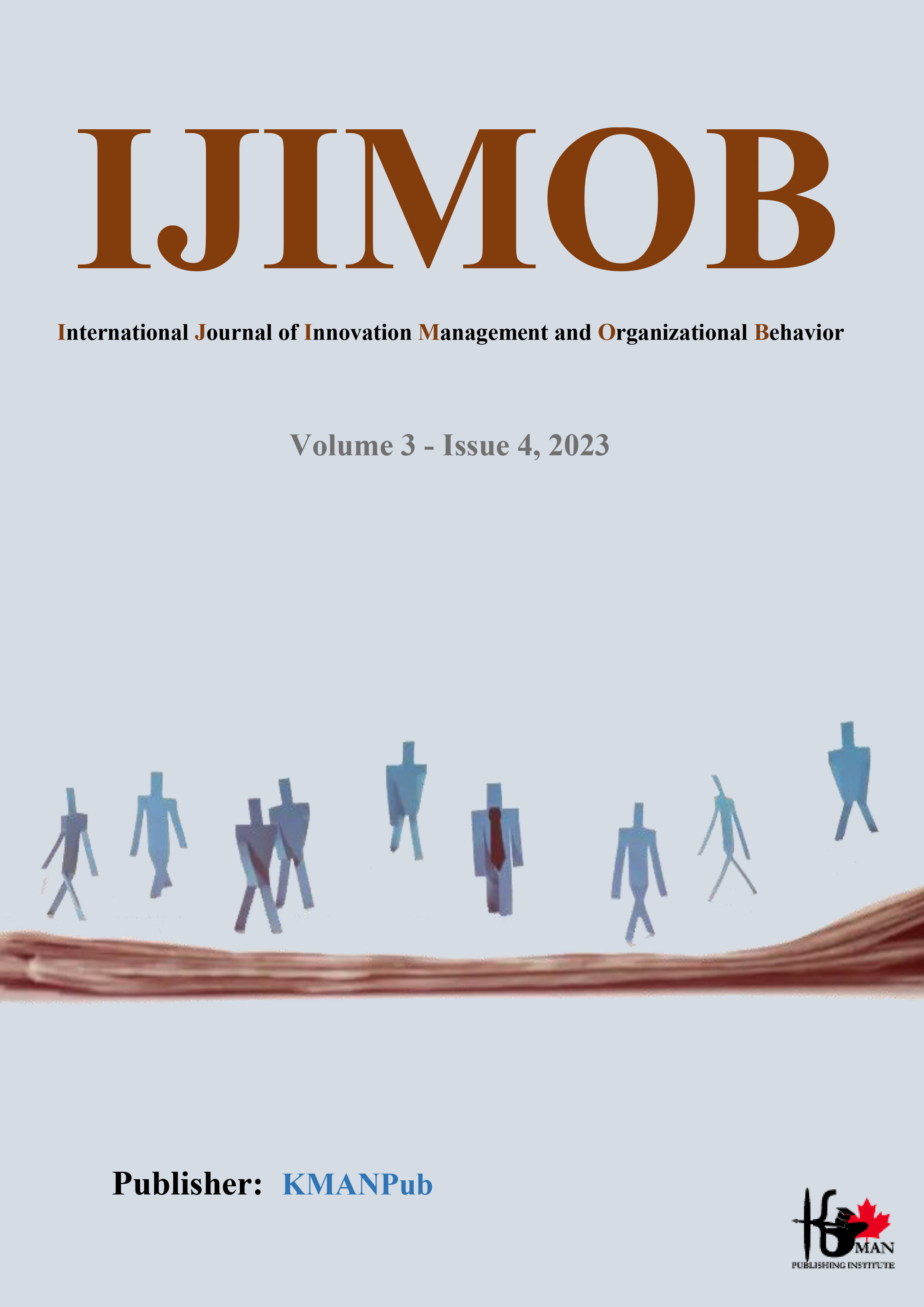Presenting a Model for Innovation in Online Advertising and Its Implications in Digital Marketing
Abstract
Objective: This research aimed to present a model for innovation in online advertising and its implications in digital marketing.
Method: The research was applied in purpose and employed a mixed exploratory (qualitative-quantitative) method. The qualitative segment participants were selected experts and specialists in innovation in online advertising and its implications in digital marketing in 2023, determined purposively to be 17 individuals. The quantitative segment's population comprised customers of Digikala and Etkaa stores who had made purchases online during a specific timeframe, considered to be unlimited in number. The sample size for the quantitative part was determined to be 384 individuals using Cochran's formula and the Morgan table. Data collection methods included library research, and the measurement tools were semi-structured interviews for the qualitative part and researcher-made questionnaires for the quantitative part. The validity of the questionnaire was confirmed through face and content validity methods, and its reliability was established using Cronbach's alpha test. Data analysis in the qualitative part utilized content analysis, while in the quantitative part, structural equation modeling was used with SPSS.22 and AMOS.22 software.
Findings: The results indicated that dimensions of innovation in online advertising and its implications in digital marketing were categorized into five dimensions and 15 components. Causal factors (1. Equity 2. Financial resources (input), 3. Efficiency and management), Contextual factors (1. Effective site management 2. Legal support for innovation in online advertising 3. Resource capacities), Mediating factors (1. Managerial weaknesses 2. Process barriers 3. Legal and regulatory barriers), Strategic factors (1. Enhancing economic capacities and financing 2. Developing educational capacities 3. Increasing agility), Outcomes (1. Performance improvement 2. Development of participation 3. Sustainable development in the outcomes dimension) were identified in terms of their importance in designing the model of innovation in online advertising and its implications in digital marketing.
Conclusion: It can be concluded that the dimensions of innovation in online advertising and its implications in digital marketing are interpretable, and legal supports for innovation in online advertising through the enforcement of laws, enactment and amendment of specific laws and regulations for digital marketing, removal of legal barriers to investment, revenue generation, and clarification of legal ambiguities and definitions in digital marketing are effective.
Downloads
Downloads
Additional Files
Published
Submitted
Revised
Accepted
Issue
Section
License
Copyright (c) 2023 Mohammad Enayati Shabkolaei, Shahrbanoo Gholipour Freydouni, Mehdi Rouholamini (Author)

This work is licensed under a Creative Commons Attribution-NonCommercial 4.0 International License.
















